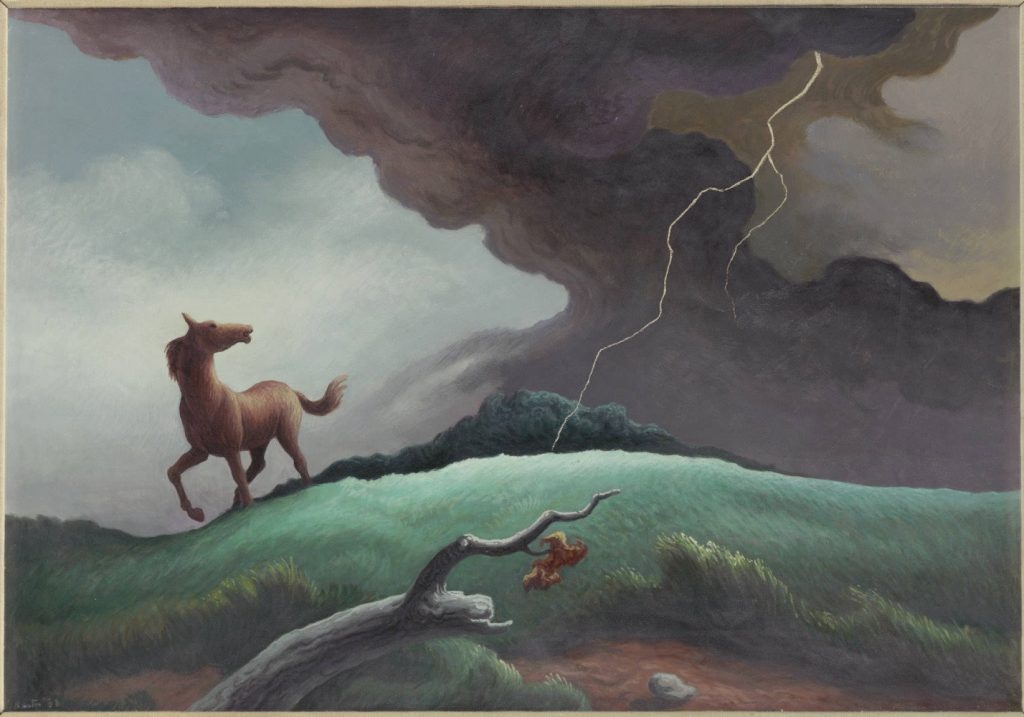
F*x news is preparing to channel (sorry!) the weather forecasting and reporting sphere when it launches a round-the-clock weather streaming service next week. Potential problems with this seems quite obvious and the WAPO is only so successful in getting network executives to talk about how (and whether) the service will cover climate change in the context of extreme weather events:
For Fox, which has seen sponsors inch away from its more polarizing political content, weather offers a potential way to hook viewers without turning away advertisers, analysts say. But questions linger as to how the streaming service will cover climate change, given Fox News’s history of questioning the seriousness of climate change and how much humans contribute to it. Asked in September whether human activity played a role in recent extreme weather, contributing Fox News meteorologist Joe Bastardi said that “at the very least, you can’t tell what CO2 is doing.”
A landmark U.N. climate report published in August details “unequivocal” evidence that human activity is warming the planet by emitting heat-trapping gases, primarily carbon dioxide.
Fox Weather declined a request for an interview with one of its executives but has indicated that it will treat climate science more seriously in its new endeavor. Echoing recent remarks from Fox News Media chief executive Suzanne Scott, Sharri Berg, the longtime Fox executive now heading Fox Weather told Variety, “If you’re asking about climate change, climate change is part of our lives. It’s how we live. It’s not going to be ignored,” adding, “we will be reporting facts.”
Okay, so… what are they? Wait – show, don’t tell, remember? But this might be the most revealing aspect of their devious plan:
But, she added, Fox Weather will be courting controversy however it covers climate change. If the service reports accurately on climate science, it could alienate core Fox News viewers, who have been primed to question it, Fisher said.
“There is a line that they are going to have to walk to keep advertisers feeling like their brand is safe there but not going too far away from their base,” she said. “If something major happens, like a hurricane or a heat wave, all eyes are going to be looking to them to see how they are characterizing it.”
Reassuring bullsh*t and attacking liberals in the face of climate catastrophes will not be helpful. So this venture will either be truthful and short-lived, or profitable and very harmful. Teach the controversy all you want, but – there’s no whether.
Image: Thomas Hart Benton, Spring Storm, 1958. Tempura on board.
